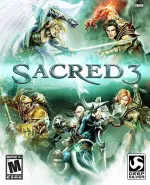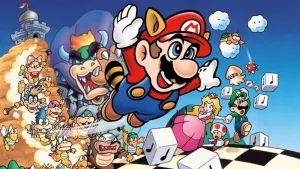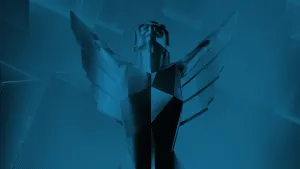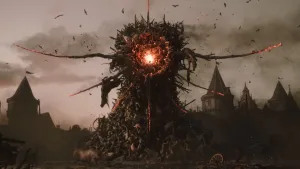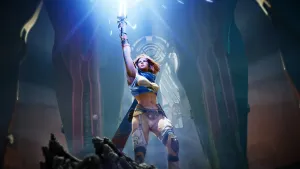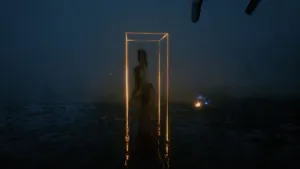Sacred 3 Review

The Sacred series has always been a little goofy. How goofy? Sacred 2: Fallen Angel featured an in-game concert from the metal band Blind Guardian – complete with a monster-filled mosh pit. That silly tone is intact in Sacred 3, but substantial elements from the previous games haven’t made the cut. Whether you enjoy the remaining slices ultimately depends on whether you value arcade-style hack-and-slash action over open-world exploration.
Sacred 3 is set 3,000 years after Sacred 2, but it’s clear from the outset that none of this really matters. The snarky, dismissive narration riffs on the flimsiness of RPG stories, establishing that the evil Emperor Zane is acquiring an artifact that will allow him to rule Ancaria. It’s all just a thinly veiled excuse to run around in isometric levels with one of four heroes, slaughtering countless monsters, and leveling up.
The game looks similar to past Sacred games when you start, but the differences become apparent early on. Keen Games decided to focus on faster action over the more deliberate pace that Ascaron established with the first games. Regardless of whether your character is wielding a polearm, bow, sword, or giant hammer, your stats are overshadowed by your reflexes. The action is indeed quick and exciting, with a variety of enemy archetypes that require their own strategies to defeat, such as shield-bearing giants that need to be bashed, goons that can be thrown into others, and more. Each character has their own unique combat arts, too, which allows them to perform heroic feats like damaging crowds using chain-lightning strikes or freezing them with shards of ice.
After running a group of bandits out of town in the first level, you start to see Sacred 3 for what it is – for better and for worse. Instead of roaming the world on foot (or horseback) for adventure, your journey takes place through a series of discrete levels highlighted on a map. There aren’t any NPCs or towns to interact with, and side missions are represented by smaller dots along the map’s course. I always enjoyed the sense of discovery that the previous games offered (including that silly concert), and I missed it here. I hoped that removing the load of rebuilding Arcania as a whole would allow Keen to design interesting levels, but that didn’t happen, either. Instead, far too many levels culminate in the same “Turn this wheel six times, while fighting waves of baddies,” section, or feature tiresome stretches where players avoid falling debris. Side missions are even less inspired, either forcing players to survive five waves of arena combat or clear out a tiny level. Fortunately, these only last a few minutes at most.
As down as I am on the presentation, Sacred 3’s action does redeem many of those puzzling changes. I was initially disappointed by the lack of loot drops, but I’d rather have a handful of weapons that level up and support different styles of play than a color-coded arsenal with superficial +1s to set each item apart. Similarly, I enjoyed trying out each of my character’s combat arts to figure out what combinations worked best for me. It all comes down to preference, too. Co-op can be played either locally with two players or online with four. It’s a drop-in, drop-out experience, and I got a kick whenever I’d see a doppelganger whip out moves that I rarely relied on.
I can see how Sacred 3 is going to upset purists and longtime fans; the latest entry has as much in common with Skylanders as it does with previous entries, to be honest. If you’re dead-set on an open world, this one’s dead in the water. If you liked last year’s Sacred: Citadel and want a slightly deeper take on it, however, it’s worth a shot.

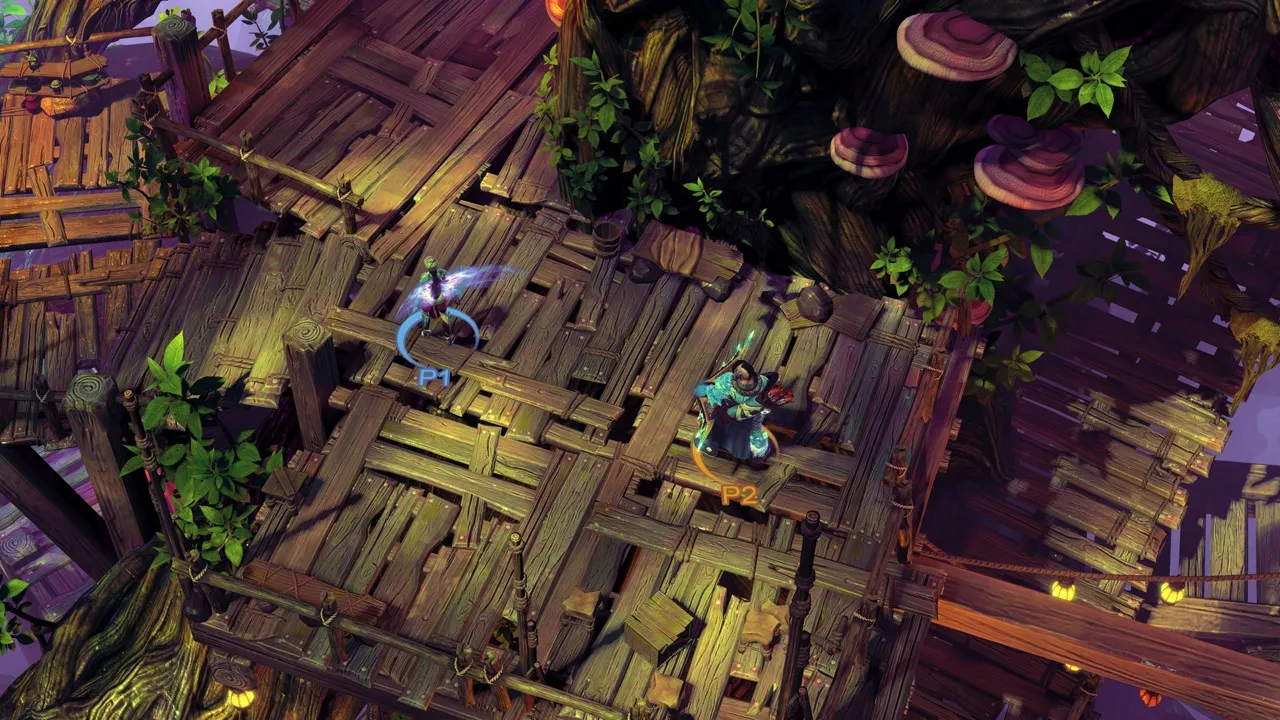
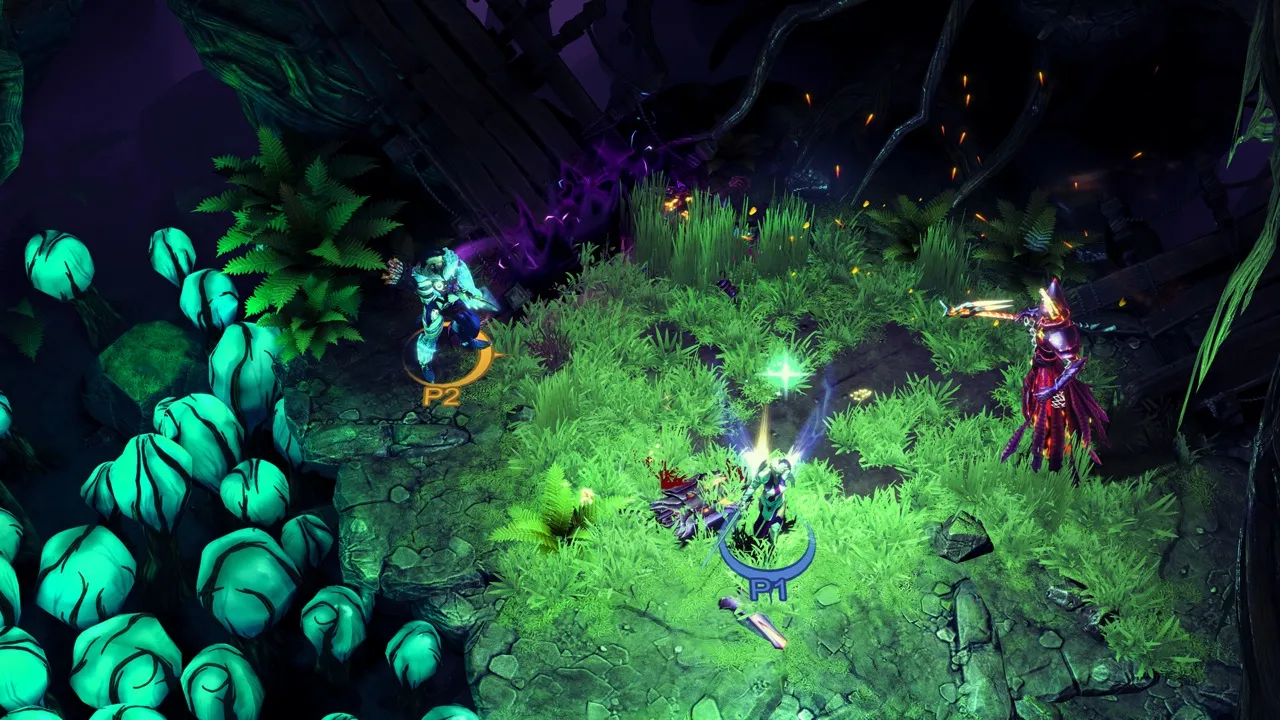
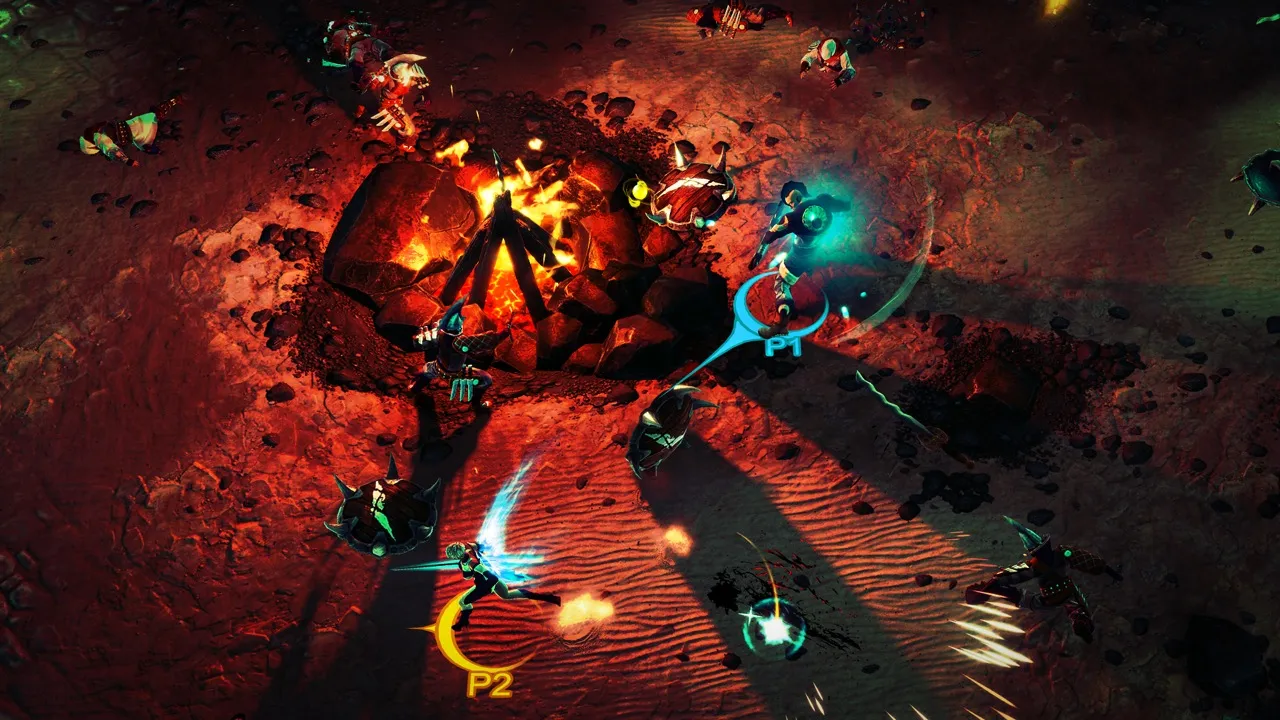
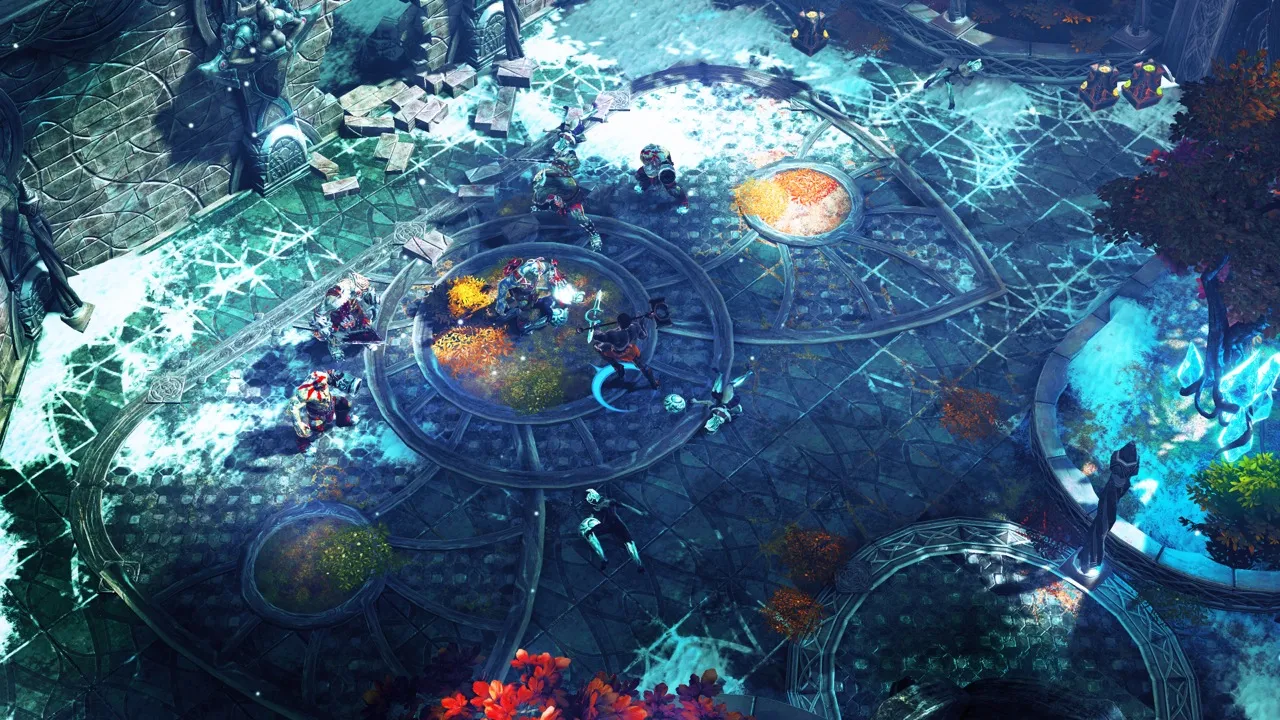
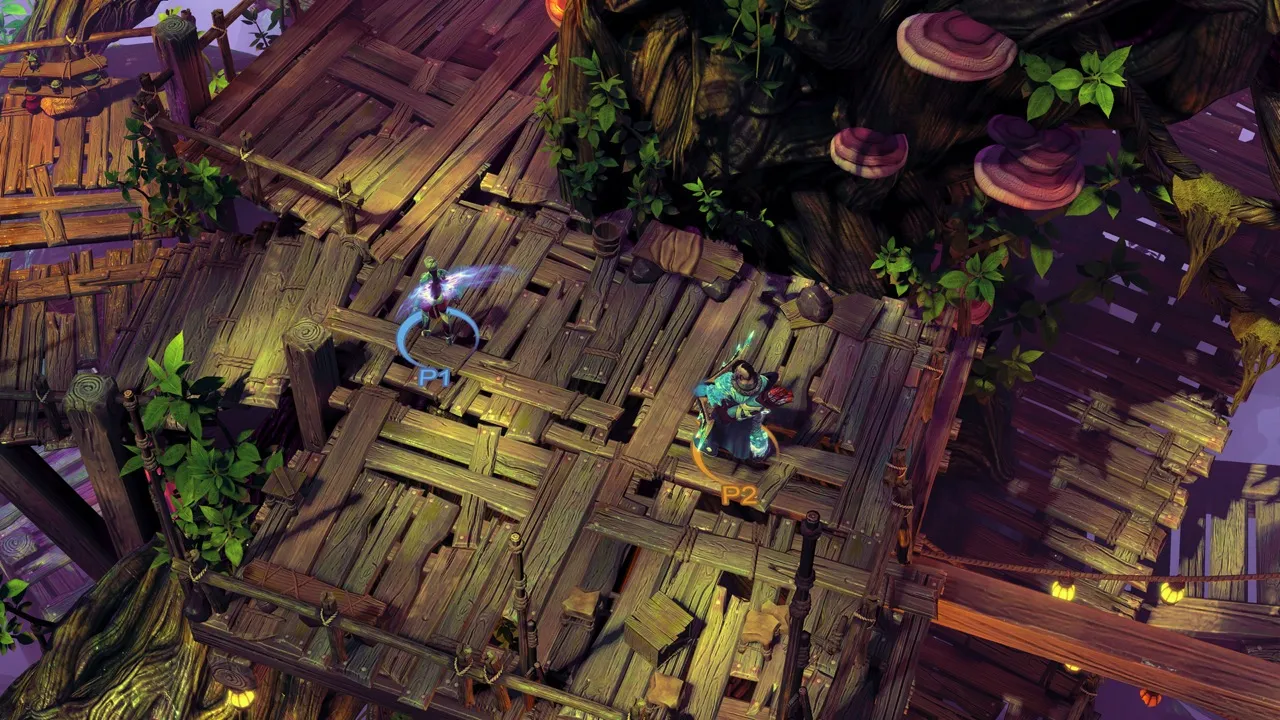
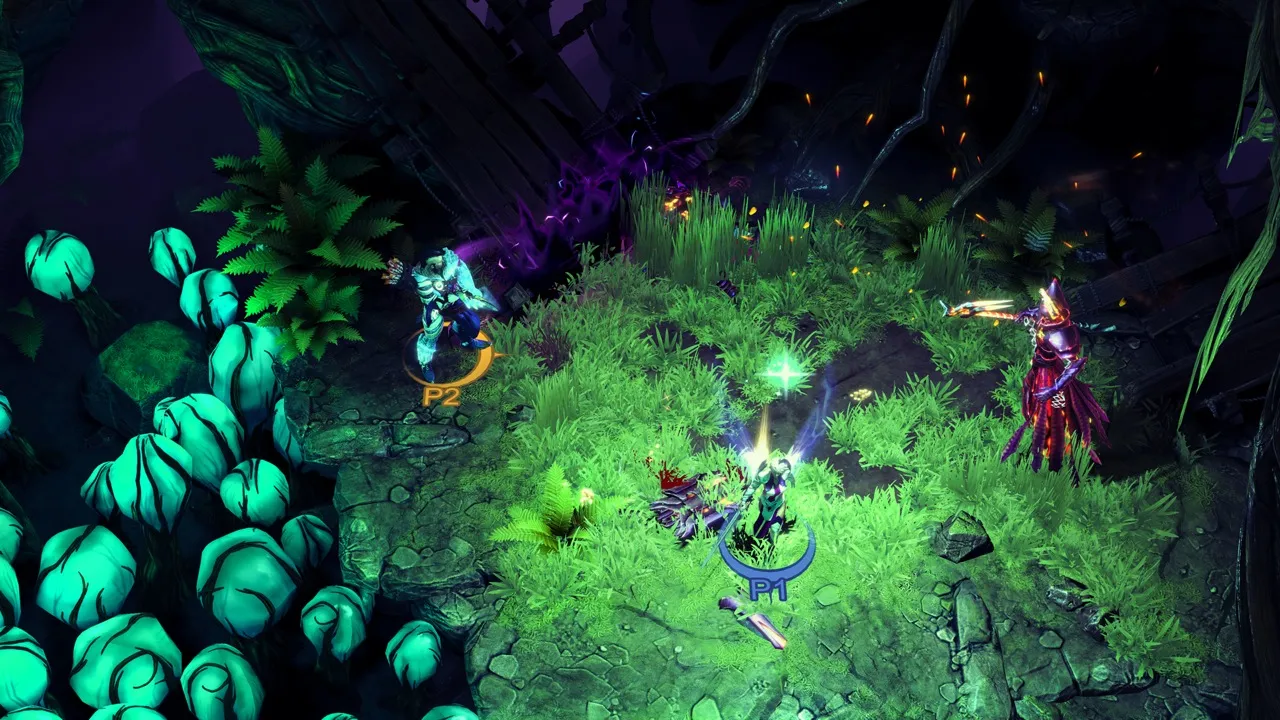
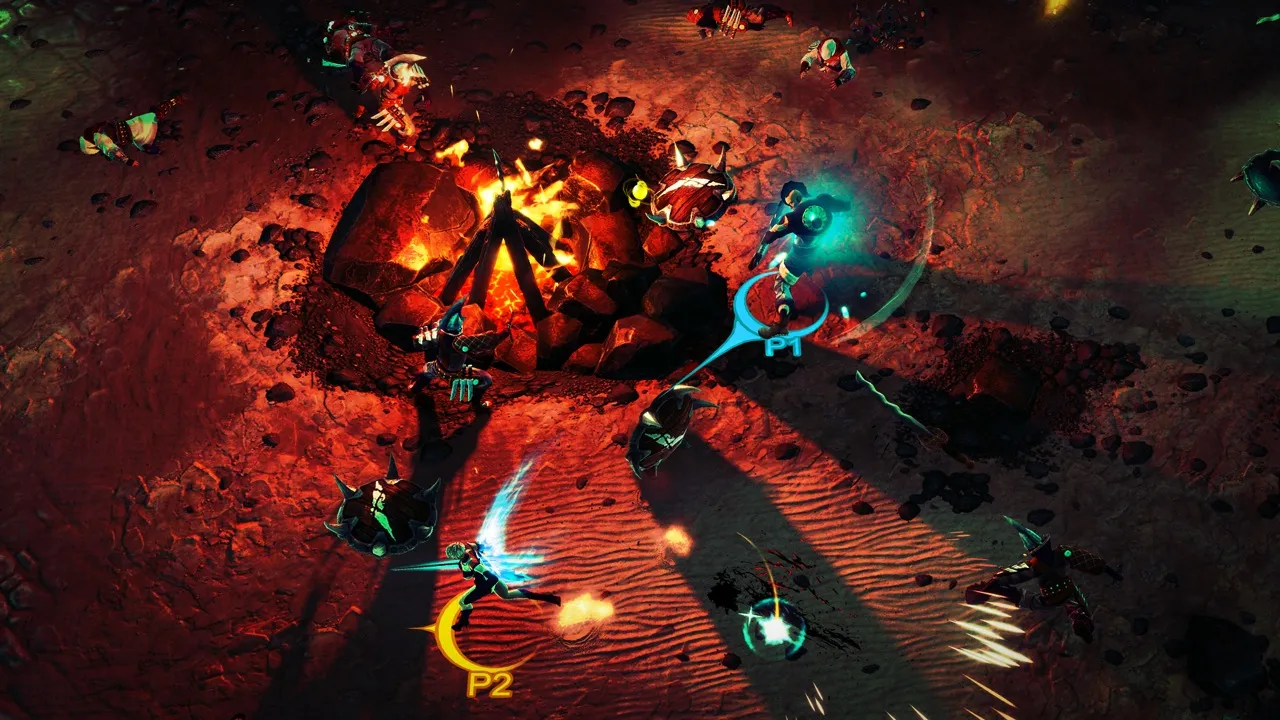
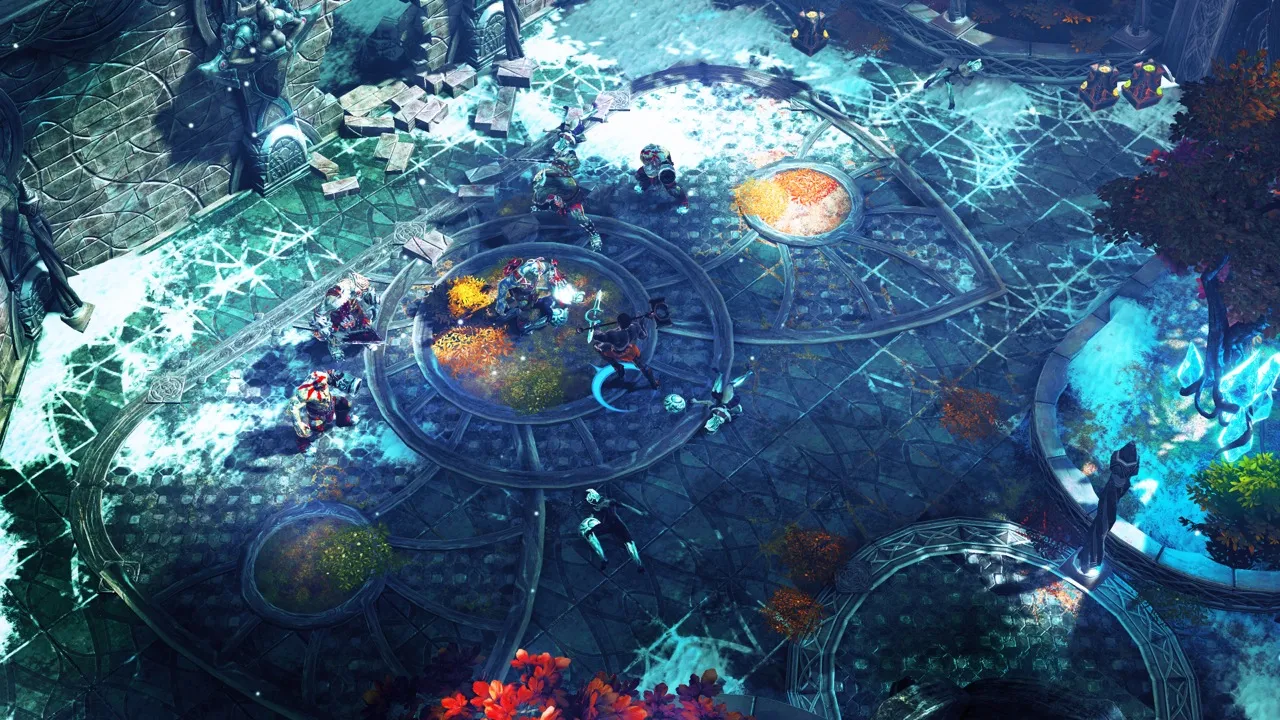
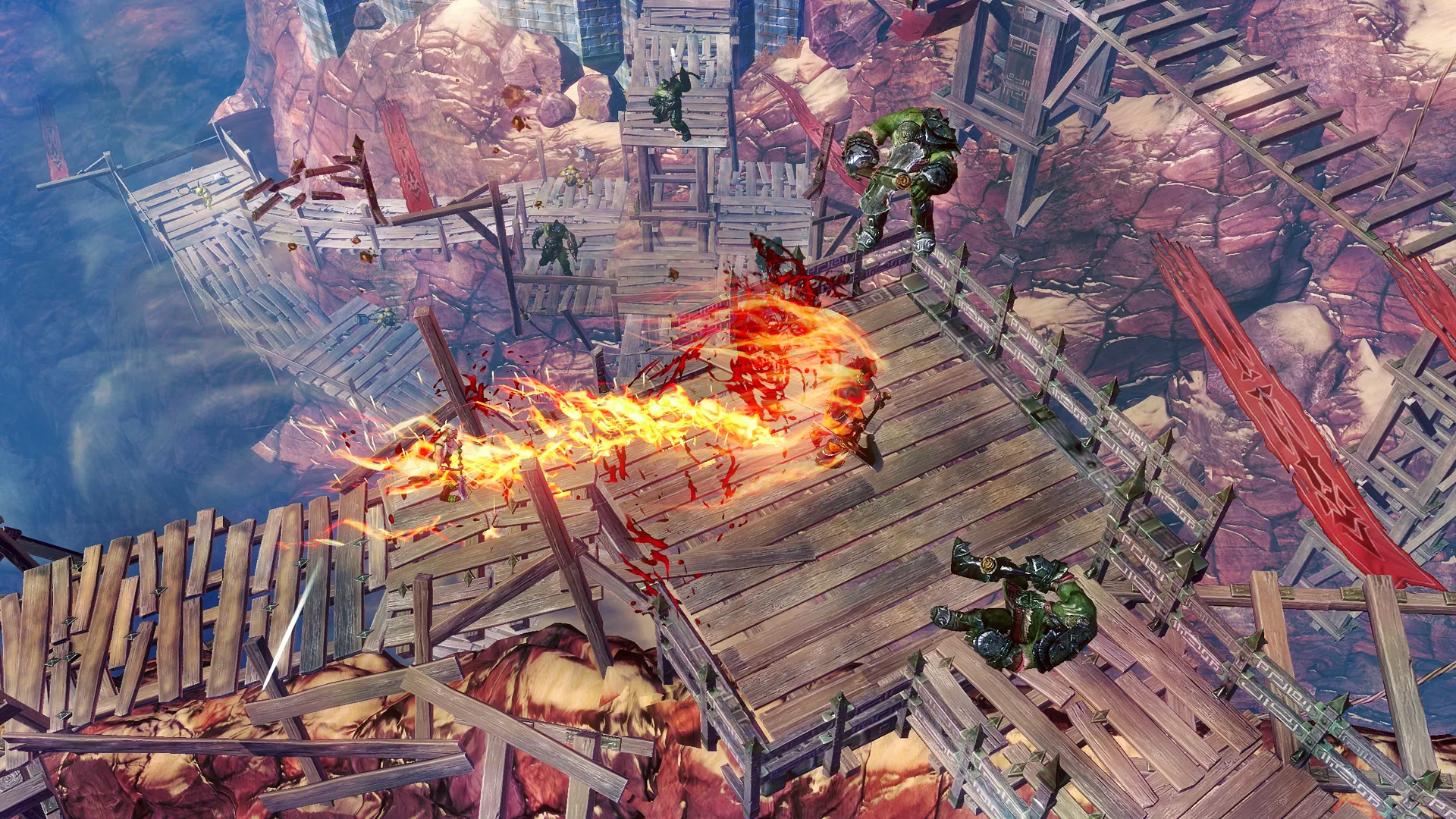
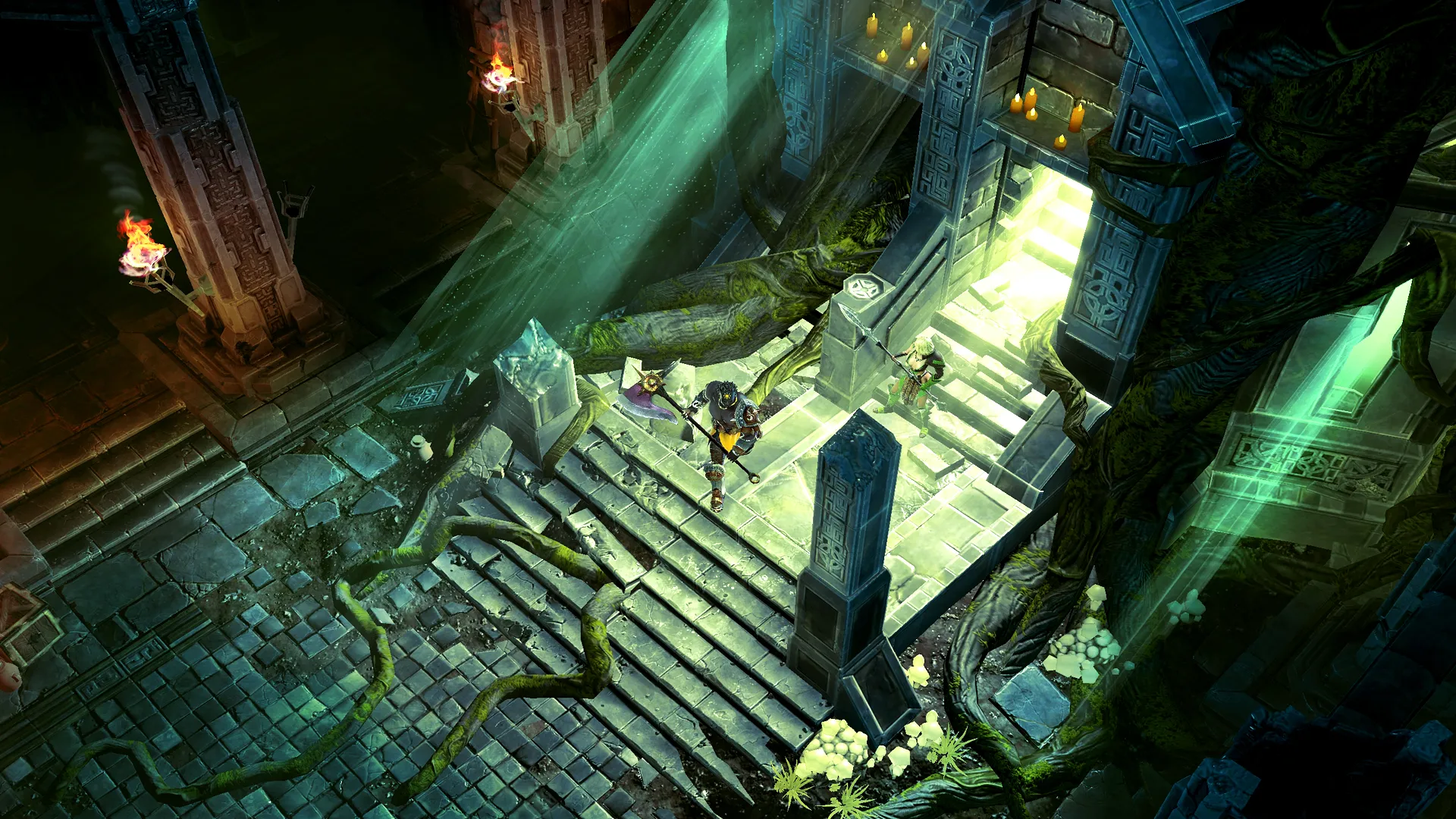
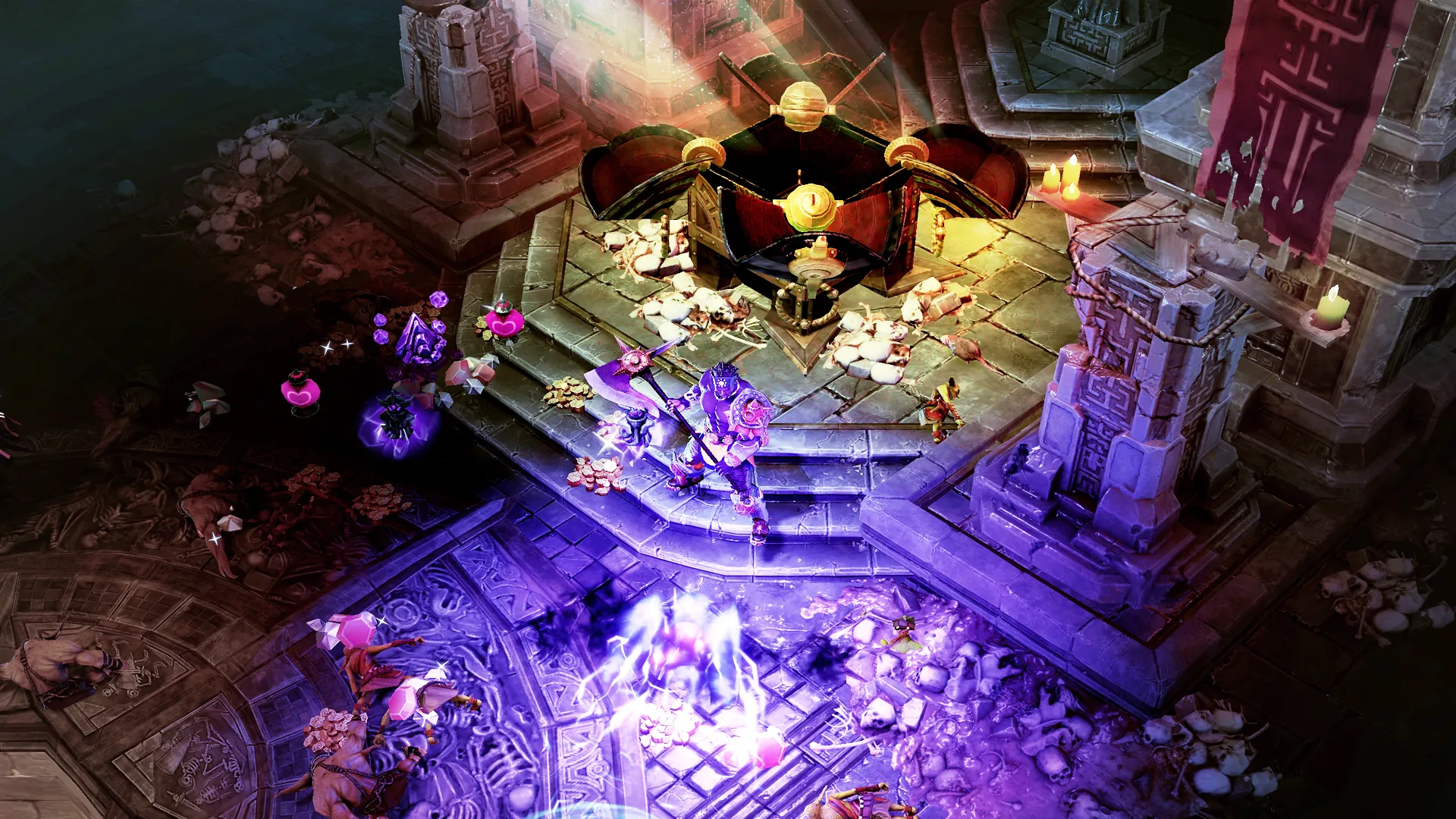



Get the Game Informer Print Edition!
Explore your favorite games in premium print format, delivered to your door.
- 10 issues per year
- Only $4.80 per issue
- Full digital magazine archive access
- Since 1991
